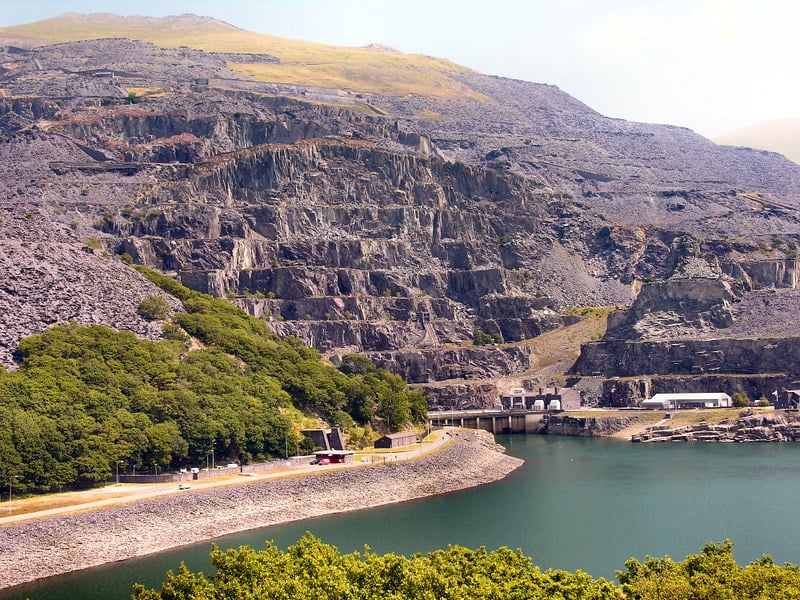First Hydro Company (FHC), a joint venture (JV) 75%owned by ENGIE, prepares large renovations with the 1,728 MW Dinorwig Pumped Hydro Energy Storage (PHES) facility.
It follows the recent completion of an eight -year renovation program in the other pumped Hydro Asset from the JV, Ffestinog. The partner of the French Energy Major Engie in FHC is 25% owner CDPQ, an investment group from Canada.
Dinorwig, in North Wales, was the most recently built Phes factory in the UK, opened by Koning Charles III, then Prince of Wales, in 1984. The six reversible pump turbines makes 288 MW generation potential on full load possible for five hours.
FHC plans to replace and replant the entire generation capacity of the factory, whereby the six pump turbines and generator engines at Dinorwig are completely replanted. It would also replace the most important inlet valves of the plant,
However, the company still has to make a final investment decision (FID) to make a partial replanting instead.
In an announcement, Engie noted that, due to the need to use the Phes assets, the full renovation could last up to ten years. The company also said that the combined investment costs of refurbishing the Phes assets from FHC would amount to £ 1 billion.
Legacy Fleet can be accompanied by important new projects
Pumped hydro plants make the bulk spur of energy possible via two water bodies, one at the top of a slope, the other at the bottom. Water is dropped from the higher reservoir to the lower and led by reversible turbines, causing electricity to be generated when the ‘water battery’ discharges.
The system is then charged by pumping the water back, a process that requires much less energy than is released when the power of the Phes plant is discharged.
Phes has lower return efficiency (RTE) and slower response times than lithium-ion (Li-ion) battery storage. Nevertheless, it is an effective technology to offer the electricity grid flexibility in a relatively short term and can also operate LDES applications (Long-Duration Energy Storage (LDE).
However, it is difficult to install and build new Phes facilities because of the specific topographical and land requirements and the large amount of civil engineering – while Dinorwig was opened more than 40 years ago, Ffestinog is still older, which has been in operation since 1963.
New pumped hydro sites are being developed in the UK and international, especially in India and Australia, where new projects are currently under construction for the first time.
The technology is also expected to be eligible to compete in the ‘Cap and Floor’ income connection schedule of the British government for long-term storage. The investment stimulation schedule has become a subject of lively debate about the design, that Lithium-ion-ion battery storage assets owner operators have said they can create market distortions Around the competitiveness of their technology.
Dinorwig and Ffestiniog represent 2.1 GW capacity, of which Engie said it is equal to 74% of the total installed base of pumped Hydro from the UK.
In April, the Scottish government approved the Earba Pumped Storage Hydro (Earba PSH) scheme in Loch Earba in the Central Highlands. With 1.8 GW with 40 GWH storage capacity, it would be the largest Phe’s in the country when it was completed, although the developer, Gilkes Energy, recently also submitted a 1.8GW/36GWH project that develops it in collaboration with SSE for the Scottish Government approval.

